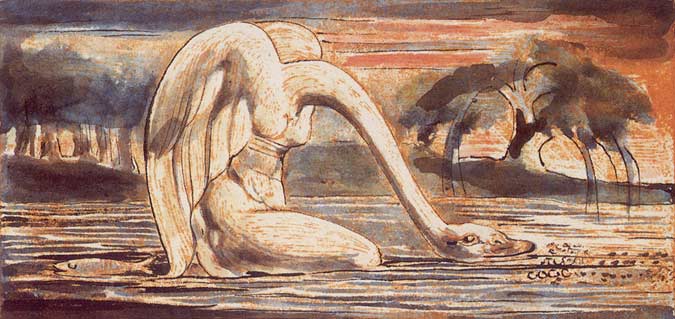The section entitled “The Sixties� in Kizer’s Cool, Calm and Collected is rather short compared to other sections in the book. Many of the poems are labeled “Chinese Imitations.� However, the most interesting poem to me is “A Month in Summer,� a rather odd combination of confessional poetry and haibun formalism.
Too long to quote in its entirety, I will try to suggest why I found it intriguing. In opening, Kizer notes, “I have come to prefer the four-line form [of haiku]which Nobuyuki Yuasa has used in translating Issa because, as he says, it comes closer to approximating the natural rhythm of English speech. Though not convinced that the four-line haiku is better than a three-line haiku, it’s an interesting idea.
The poem consists of thirty days of journal entries written in haibun form describing the ending of an important relationship in the narrator’s life.
THIRD DAY
Strange how tedium of love makes women babble, while it reduces men to a dour silence. As my voice skipped along the surfaces of communication like a water bug, below it I sensed his quiet: the murky depths of the pond.
Alone, I play a Telemann concerto on the phonograph. A rather pedantic German note on the slipcase speaks of “the curious upward-stumbling theme.� Can we upward-stumble? If so, there is hope for us.
When we go away
I play records till dawn
To drown the echoes
Of my own voice.
…
TWENTY-SEVENTH DAY
Seen through the tears
This moonlight
Is no more poignant
Than a saucer of cream.
Why the artifice of this haibun, which I have appropriated from a culture which doesn’t belong to me? Perhaps to lose me. Perhaps because the only way to deal with sorrow is to find a form in which to contain it. And, at last, surely it is time to study restraint
It’s intriguing how a poet can present material this personal, this emotional without embarrassing the reader. I know I wouldn’t want a complete stranger telling me these kinds of things about his or her life, but somehow they feel perfectly acceptable in a poem.
In reading this “poem� it struck me that, though I’m not sure I would want something this personal put on the web as it happened, I would love to write a blog that followed this format.
I tried to use the haibun form for several of blog entries, specifically those describing my cancer surgery and recovery. Perhaps unconsciously I felt like Kizer that I needed a formal structure in order to present those painful feelings.
Unfortunately, I lacked the discipline needed to write haibun’s daily, but I still think it may well be the ideal format for a blog as it conveys the important aspects of one’s life succinctly, a quality sadly lacking in far too many blogs, even some I love dearly.
For anyone interested in contemporary use of the haibun, this long poem might well justify looking this collection up in a local library or, may one dare suggest, buying the collection.

